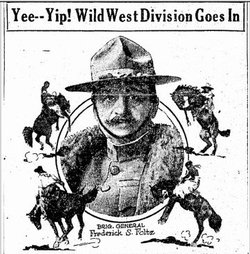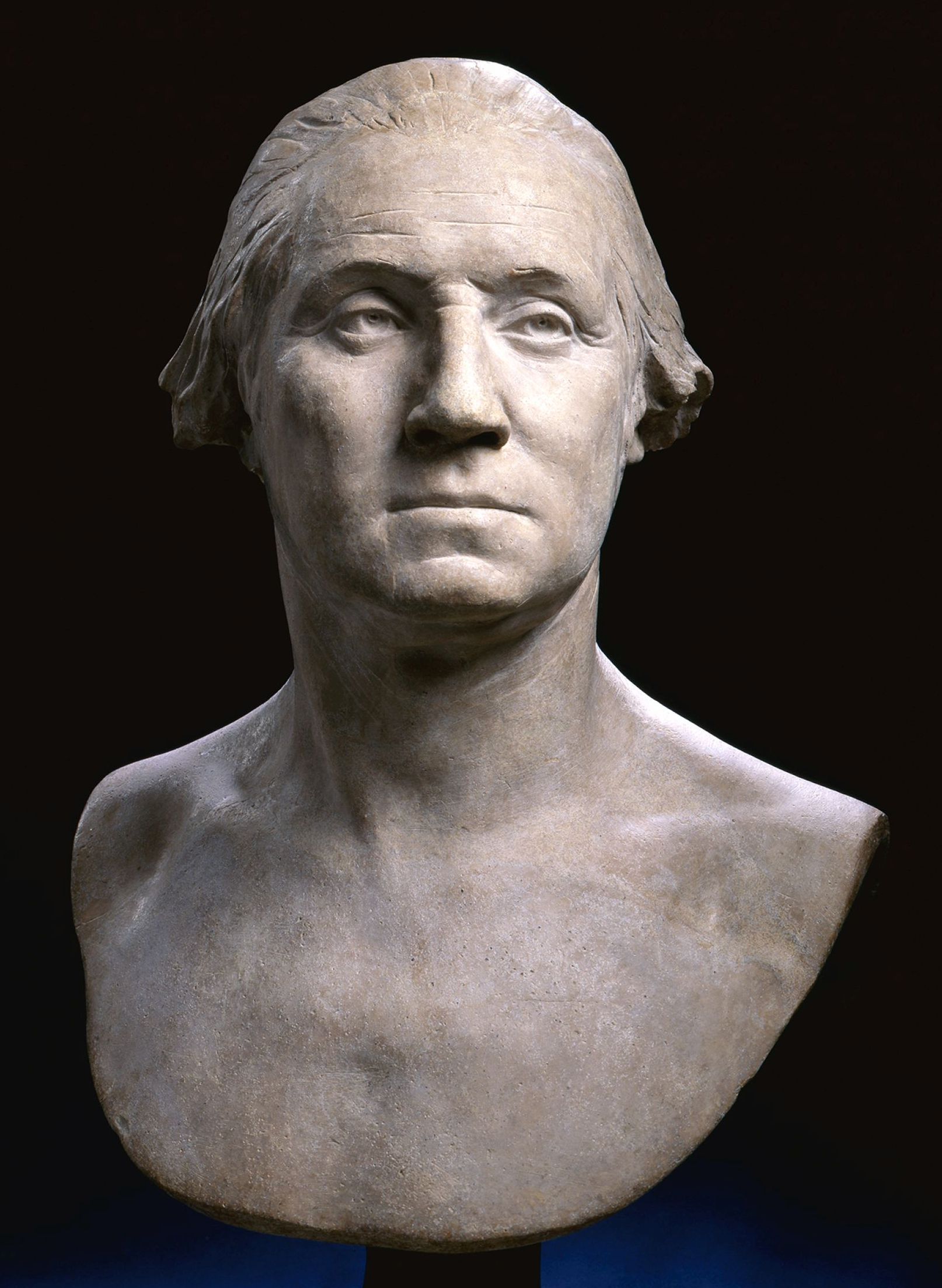
Senator Robert F. Kennedy, a son of America’s promise, power, and privilege, knelt in a crumbling shack in 1967 Mississippi, trying to coax a response from a child listless from hunger. After several minutes with little response, the senator, profoundly moved, walked out the back door to speak with reporters. He told them that America had to do better. What he was seeing, as he privately told an aide and a reporter, was worse than anything he had seen before in this country.




